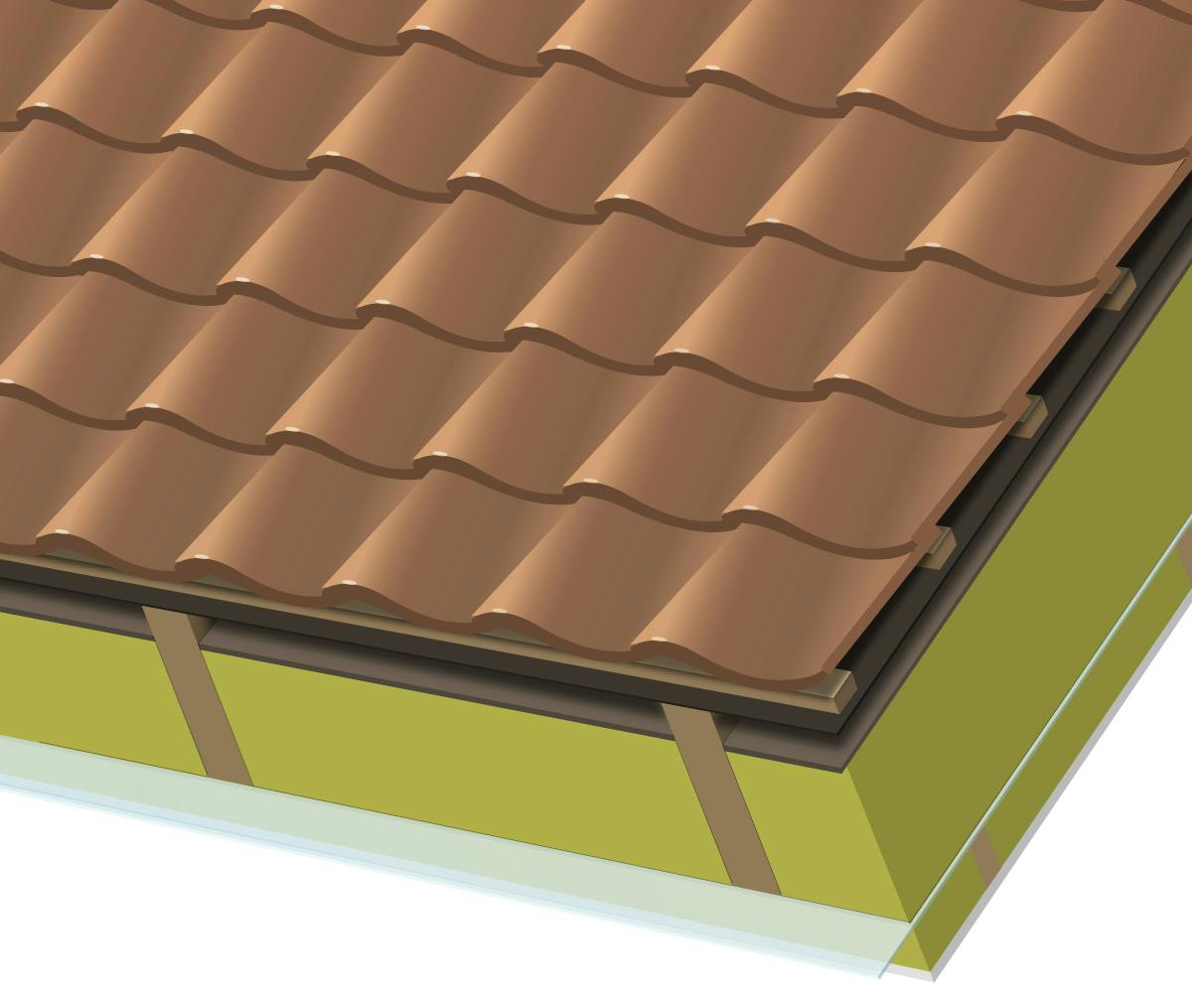As well as preventing significant heat loss from residential and commercial properties in cold climates, it is also designed to keep the cool air in during hot weather. Increasing the energy efficiency of a building can also mean reducing bills and operational costs.
We supply a variety of insulation products for flat or pitched roof applications. From steel, concrete or warm roofs to rafter line or loft insulation, ROCKWOOL products are made from premium stone wool to keep your properties safe and the indoor environment comfortable.
On top of the good thermal performance, the fire-resistant and acoustic properties of ROCKWOOL products also allow for more freedom in your designs.










